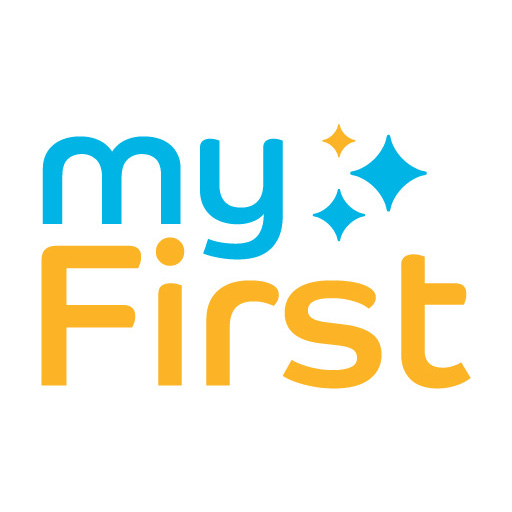Exploring the Pros and Cons of Virtual Learning for Kids
Virtual learning has become increasingly popular for kids, but what are the pros and cons? In this blog post, we’ll discuss the advantages and disadvantages of virtual learning for kids. By understanding these points, parents can make informed decisions about their child’s education. Let’s get started!
Pros of Virtual Learning for Kids:
1- Flexibility and Convenience:
Virtual learning offers flexibility and convenience, allowing kids to learn from anywhere, anytime, which can fit well with tight schedules.
2- Expanded Learning Opportunities:
Through virtual platforms, kids can reach a wide range of educational resources, including online courses and interactive videos, expanding their learning beyond traditional classrooms.
3- Personalized Learning Experience:
Virtual learning provides personalized experiences, allowing kids to learn at their own momentum, focus on their interests, and receive targeted support and feedback.
4- Enhanced Digital Skills:
Engaging in virtual learning helps kids develop valuable digital skills, them to get ready for a technology-driven future.
Cons of Virtual Learning for Kids:
1- Lack of Social Interaction:
Virtual learning may reduce face-to-face social interactions, limiting opportunities for kids to improve social skills and emotional intelligence.
2- Technology Challenges:
Virtual learning relies on technology, which can present struggles such as internet access, device availability, and technical difficulties, which some students may struggle with.
3- Self-Motivation and Discipline:
Without direct guidance, kids may need additional support to stay motivated and disciplined in a virtual learning environment.
4- Limited Hands-On Activities:
Certain subjects, like science experiments or physical education, may be challenging to match in a virtual setting, limiting hands-on learning experiences for kids.
Virtual learning offers benefits such as flexibility, expanded learning opportunities, personalized experiences, and digital skill development. However, it’s important to consider the potential downsides, such as limited social interaction, technology challenges, self-motivation requirements, and fewer hands-on activities.
By understanding these pros and cons, parents can make wise decisions about virtual learning for their children’s education, ensuring a well-rounded learning experience.

Track to Protect: Keeping Our Kids Safe from Kidnapping; Essential Tips for Parents
Approximately 8 million children are reported missing each year globally. In India alone, an estimated 96,000 children go missing annually, which equates to one child

Let’s Meet Mino!
Let’s Meet mino! This is the story of mino, the cute dinosaur that became myFirst’s mascot! Follow mino’s journey from his birth, adventure into the

Looking for Tech Gifts for Kids Who Love to Build and Create? Top Picks for 2024!
Do you remember building cardboard spaceships and transforming shoeboxes into pirate ships during your childhood? Screens are surely entertaining, but there’s something special about the






